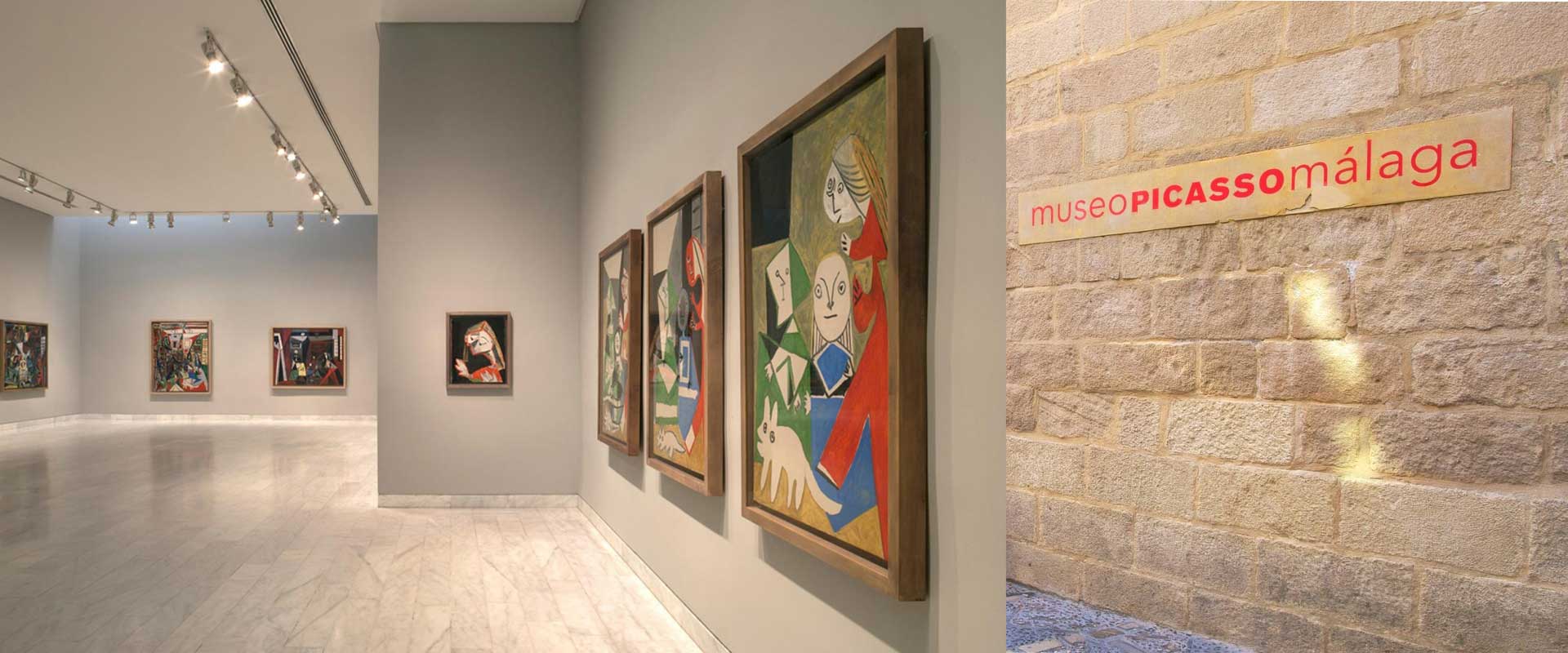Nestled in the heart of Malaga, the Museo Picasso offers an intimate yet expansive look at one of the most influential artists in history. Housing more than 200 works spanning Picasso’s entire career, the museum allows visitors to witness the evolution of a creative mind that continually redefined modern art. From early sketches that hint at his prodigious skill to bold Cubist canvases and playful late ceramics, the collection is a journey through innovation, experimentation, and reinvention. For anyone visiting Malaga, the Museo Picasso is not just a gallery—it’s a cultural landmark that reveals the essence of the man behind the legend. To deepen your understanding of his pivotal works, read our Picasso Paintings That Changed the Course of Art History.
A Museum Rooted in History
The Setting: Buenavista Palace
The museum is housed in the Buenavista Palace, a Renaissance building with Moorish architectural influences. Its location in Malaga’s historic center underscores the city’s role in Picasso’s life and artistic DNA.
Founding Vision
Opened in 2003, the Museo Picasso Malaga was born from the desire to return Picasso’s works to his birthplace. The collection was assembled largely from donations by Picasso’s family, making it both personal and historically significant.
The Collection: A Chronological Journey
Early Years and Academic Training
The museum’s early galleries display drawings and paintings from Picasso’s teenage years, showcasing his technical mastery and fluency in classical forms.
The Blue and Rose Periods
Melancholic portraits in cool blues contrast with the warmer, more humanistic tones of the Rose Period. These rooms illustrate how color and subject matter were central to Picasso’s emotional expression.
The Birth of Cubism
The Cubist works reveal Picasso’s break with traditional perspective, presenting objects as fragmented planes and multiple viewpoints—a technique that changed the course of modern art.
Later Experiments
From playful ceramics to bold linocuts, the later works prove that Picasso’s creative energy never waned, even in his final decades.
Highlights of the Museo Picasso Collection
| Work | Year | Period | Significance |
|---|---|---|---|
| Mother and Child | 1921 | Neoclassical | Emphasizes solidity and timeless forms |
| Acrobat | 1930 | Surrealist Influence | Combines fluid movement with dreamlike distortion |
| Still Life with Skull | 1942 | War Years | Memento mori reflecting wartime anxiety |
| Jacqueline Seated | 1954 | Late Portraits | Personal intimacy and simplified form |
| Vase with Four Faces | 1969 | Ceramics | Playful merging of utility and art |
Visiting Experience
Exhibition Layout
The museum’s chronological display makes it easy for visitors to follow Picasso’s artistic development, while temporary exhibitions highlight specific themes or collaborations.
Educational Programs
Lectures, workshops, and guided tours ensure that both scholars and casual visitors can engage deeply with the collection.
The Museum Shop
A carefully curated selection of books, prints, and ceramics inspired by Picasso’s work allows visitors to take home a piece of the experience.
How the Museo Picasso Connects to the City
The museum’s central location encourages visitors to explore Malaga’s other cultural sites—the Alcazaba, Malaga Cathedral, and the Roman Theatre—creating a well-rounded cultural itinerary.
Related Collections
For collectors and admirers, our Pablo Picasso wall art prints provide a way to bring the spirit of the Museo Picasso into your home.
Conclusion
The Museo Picasso Malaga offers a rare chance to follow Picasso’s artistic journey in a city that shaped his earliest impressions. Through carefully curated galleries and personal works, it tells the story of a man who was constantly redefining art itself. Whether you’re a lifelong fan or new to his genius, the museum offers a rich, immersive experience that stays with you long after your visit.
FAQs
How many works are in the Museo Picasso Malaga?
Over 200 works, including paintings, drawings, sculptures, and ceramics.
Is the Museo Picasso worth visiting if I’ve seen other Picasso museums?
Yes—its focus on personal donations from Picasso’s family offers unique pieces not found elsewhere.
How long should I spend in the museum?
Allow 1.5 to 2 hours to fully appreciate the permanent and temporary exhibitions.
Can I take photos inside?
Photography is restricted; check current policies at the entrance.





